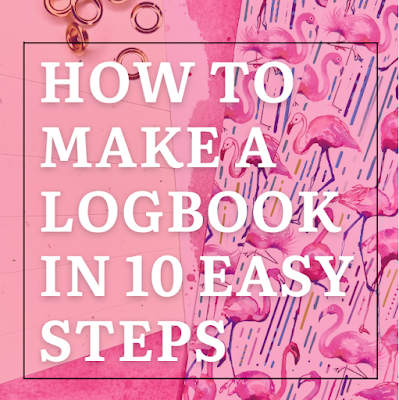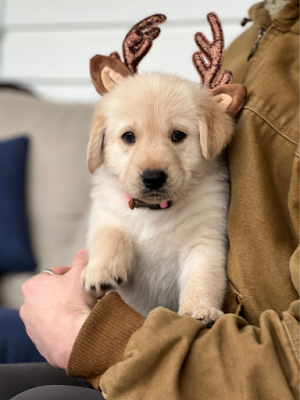How to Make a Personal Logbook in 10 Easy Steps
I've recently started my fifth logbook! and it means it's time to make the next logbook so that it is available when I need it. My current logbook is a resin, color-shift dragon eye cover book that I made myself using mold, resin, and mica powder. I bound the pages together using a Coptic stitch and green waxed thread. I'm going to be using the same stitch on a Flamingo Party Logbook that I'll be making but will be making a different style cover than I had used for the Dragon Eye Logbook.
For this project I will be using the following materials:
- 65lb Cardstock Paper (doesn't have to be white); for the signatures
- Waxed Cotton Round Cord for Bookbinding; for the Coptic stitch
- Bone Folding Tool, optional; can make folding the papers easier
- Decorative Paper at least 7x10 and Flexible Enough to Fold Cooperatively; for the cover
- ThunderBolt 5.5 x 8.5-inch Chip Board; To make the cover sturdy
- Single Piece of Decorative Paper, optional; for the book spine decoration
- Tacky Glue Spray, All-Purpose; for gluing the cover pieces to the chipboard, but any glue will work
- Eyelets and Fastener Kit; for covers to make holes cleaner
This will be the first of my logbooks with non-white paper on the inside. It's mostly off-white, confetti paper. It's an artistic choice, but I'll note that most people would want white cardstock paper. Most people will likely use decorative scrapbook paper as the cover, and I'm not likely to repeat the logbook cover paper. I actually have other scrapbook paper for use on future logbooks that I'll share photos of when I complete them.
See below for a step-by-step guide on making these logbooks. I had intended on taking pictures of each step but got sidetracked. When I craft, I easily enter the flow state and forget what I'm doing! There's plenty of video content on YouTube on how to do these things if you're not a "picture person".
Step 1: Identify your base paper and chipboard. Lay the chipboard centered on the back of your paper and cut the corners off of the cover paper at an obtuse angle. You'll want at least an inch of clearance on each side.
Step 2: Fold over the edges to wrap around the back, like a hug. Then, remove the chipboard and glue the face to one side of the chipboard. Then glue the edges and fold over to the back of the chipboard.
Step 3: Cut a piece of paper the same size as your chipboard, but about 1/8 inch shorter on each side. Glue to the exposed chipboard, this will be the inside of the cover of your book. No need to match the paper to the cover of your book.

Step 6: Combine signatures together and keep tight. Then cut the edges of the paper to make them even. You'll want all of your signatures cut evenly so that none look out of place when building your book. Note: You don't have to use white paper. 😊
Step 7 (optional): If you'd like, you can take an extra piece of paper and fold it xylophone style for a decorated side of your book. 1 signature = 2 folds (one back, one forward)
Step 9: Line up the holes on the covers with the fold of the signatures. Mark the location of the holes on the signatures, and poke holes through the fold and the spine decorative page.














Comments
Post a Comment